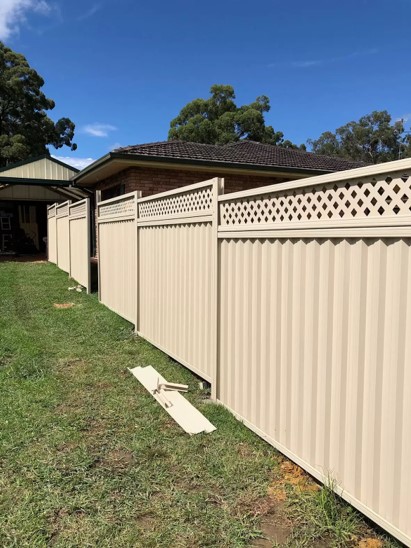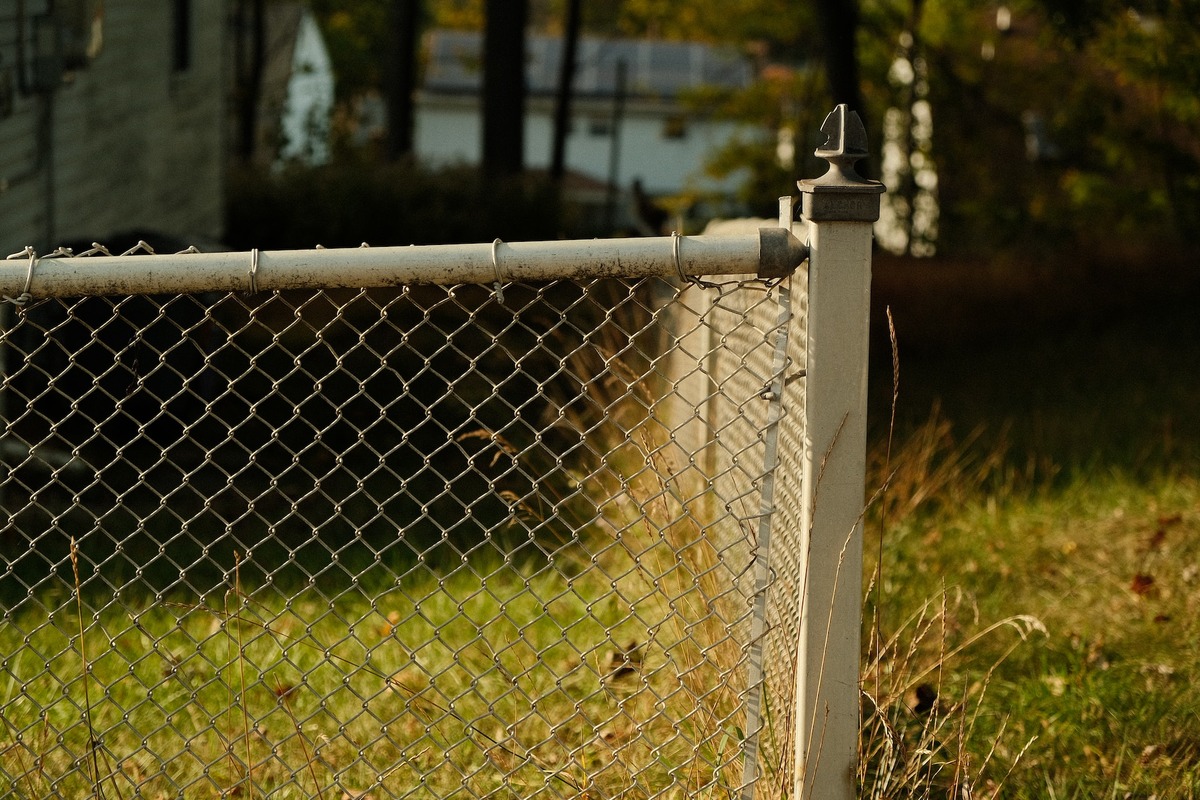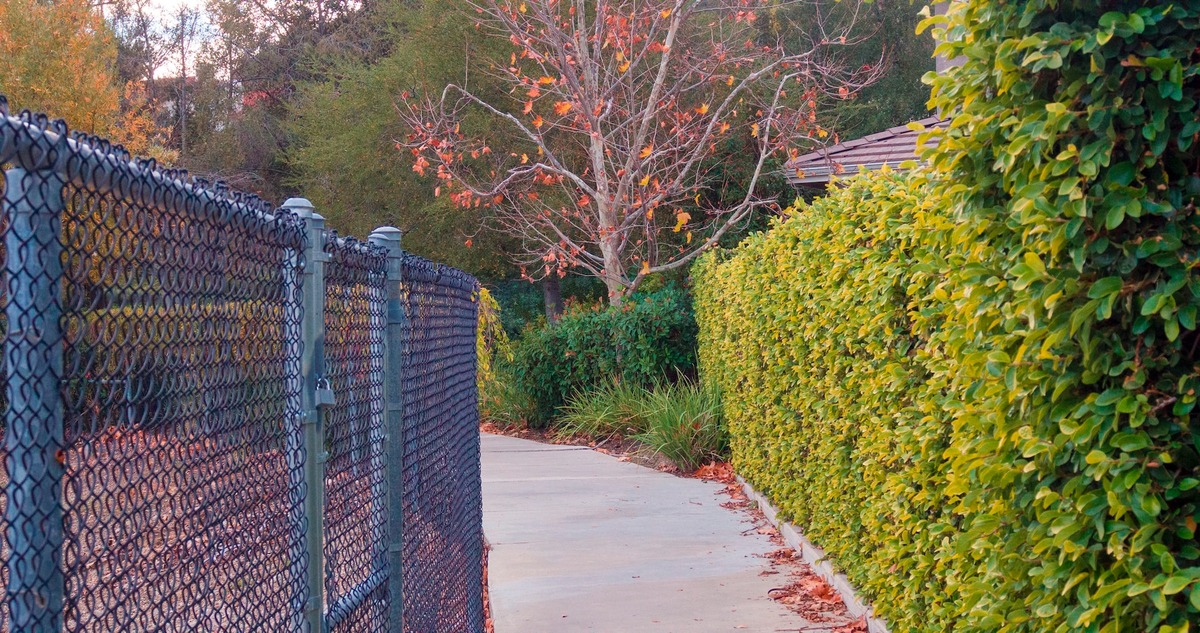Fencing is crucial in defining your property’s boundaries, enhancing privacy, and adding aesthetic appeal. Whether you’re a homeowner looking to upgrade your yard or a business aiming to secure your premises, understanding how much does a fencing cost in Australia is vital for making informed decisions.
This guide will explore the key factors influencing fencing costs, compare different materials, and offer practical advice for choosing the right fence. By the end of this article, you’ll have a clearer picture of how much fencing might cost you in 2024 and practical steps to ensure you get the best value for your investment.
Understanding Property Boundaries
Property boundaries define the limits of your property and are crucial in fencing disputes. You can determine your property boundaries by:
- Checking Your Property Deed: This document typically includes boundary information.
- Surveying Your Property: Hiring a licensed surveyor can provide a precise measurement.
- Consulting Local Council Records: They often have maps and other resources that outline property boundaries.
Factors Influencing Fence Cost
When determining how much does a fencing cost, several factors come into play. Here’s a detailed look at what influences fencing prices in Australia:
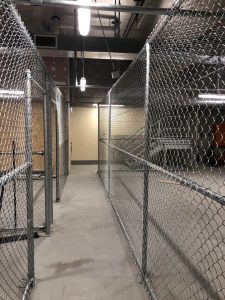
1. Material Type
The material you choose for your fence is one of the most significant cost factors. Common fencing materials include:
- Timber: A classic choice that offers a natural look. Timber fences are versatile and can be painted or stained to match your home’s exterior. However, they may require more maintenance to prevent rot and insect damage.
- Metal: Options like aluminium and steel are durable and low-maintenance, offering a modern appearance. Metal fencing is often used for security purposes, making it more expensive than timber.
- Vinyl: Known for its durability and low maintenance, vinyl fencing is resistant to weather and pests. It often comes in various styles and colours but can be more costly than timber.
- Colorbond Steel: This material is popular in Australia due to its strength, longevity, and sleek design. Colorbond fences are available in different colours and are known for being weather-resistant.
2. Fence Height and Length
The height and length of your fence directly impact the cost. Taller fences require more material, increasing the overall price. Additionally, longer fences mean more material and labour, which can raise costs significantly.
3. Installation Complexity
The complexity of the installation process can affect pricing. Factors like uneven terrain, rocky soil, or existing structures may require additional labour and time, increasing the total cost of installation.
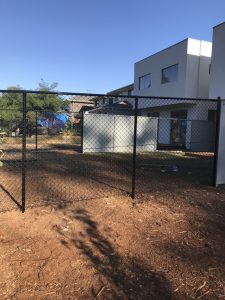
4. Location
Geographical location can influence fencing costs. Areas with higher labour costs or stricter regulations may see increased prices. Additionally, remote locations might incur extra charges for transporting materials and labour.
5. Additional Features
Adding features like gates, decorative elements, or security enhancements can raise the cost of your fence. Consider what additional features are essential for your needs and budget accordingly.
If you want to see the different types of fencing we offer, check out Our Product page.
Comparative Analysis of Fencing Cost Per Metre
When considering how much is a fencing metre, it’s essential to compare the different materials available:
| Material | Average Fencing Cost per Metre | Pros | Cons |
| Timber | $75 – $120 | Natural appearance, customisable, affordable initial cost | Requires regular maintenance, susceptible to rot and pests |
| Metal | $180 – $350 | Durable, low maintenance, excellent for security | Higher initial cost, limited design options |
| Vinyl | $40 – $90 | Long-lasting, low maintenance, variety of styles | Potential for colour fading over time |
| Colorbond Steel | $100 – $150 | Weather-resistant, modern look, low maintenance | Fewer design options, higher initial cost compared to timber |
This table provides a concise overview of each material, helping you weigh the average cost of fencing per metre against its pros and cons.
You can view examples of our previous work by visiting Our Gallery, where we showcase a diverse range of projects completed by our team.
Budget Considerations
Choosing the right fence involves balancing your needs with your budget. Here are some tips to help you make an informed decision:
- Assess Your Needs: Determine the primary purpose of your fence. Is it for privacy, security, or aesthetics? This will help you prioritise features and allocate your budget accordingly.
- Plan for Maintenance: Consider the long-term maintenance costs of different materials. While timber might be cheaper initially, it requires more upkeep than materials like vinyl or Colorbond steel.
- Obtain Multiple Quotes: Contact several fencing contractors to get quotes for your project. This will help you better understand the market rate and identify potential savings.
If you need personalised advice on choosing the right fence for your needs, feel free to contact Longain Fencing.
Practical Tips for Reducing Fencing Costs

Looking to save on your fencing project? Here are some practical tips to consider:
1. Choose the Right Contractor
Hiring an experienced and reputable contractor can save you money in the long run. Look for contractors with positive reviews and a track record of delivering quality work on time and within budget.
2. Plan for Long-Term Maintenance
Investing in low-maintenance material might have a higher upfront cost, but it can save you money on repairs and upkeep over time. Materials like vinyl or Colorbond steel should be considered for long-term savings.
3. Explore DIY Options
If you’re handy and have the time, consider installing the fence yourself. DIY installation can significantly reduce labour costs, but ensure you have the necessary skills and tools before starting the project.
Frequently Asked Questions
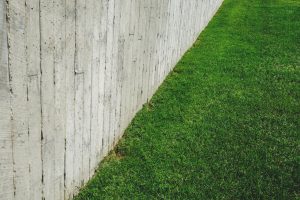
How much does it cost to build a fence?
The cost to build a fence varies depending on materials, length, and installation complexity. On average, prices start at $75 per metre for timber and can go up to $350 per metre for metal.
How much does it cost to install a fence?
Installation costs are influenced by factors such as the type of fence, terrain, and labour rates in your area. Typically, installation can range from $50 to $150 per metre, excluding materials.
How much does it cost to fix a fence?
Repairing a fence can cost anywhere from $100 to $500, depending on the extent of the damage and the materials involved. Regular maintenance can reduce long-term repair costs.
How much does temporary fencing cost?
Temporary fencing is usually priced between $10 and $30 per metre, making it a cost-effective solution for short-term needs like construction sites or events.
Final Thoughts
Understanding fencing costs in Australia is essential for making informed decisions about your property’s needs. You can find a fencing solution that fits your budget and requirements by considering the factors influencing costs, comparing different materials, and exploring practical ways to save.
If you’re ready to start your fencing project or need personalised advice, contact Longain Fencing today for expert guidance and a competitive quote. Explore our range of products to find the perfect fencing solution that fits your needs, whether for enhancing privacy, boosting security, or elevating your property’s curb appeal. Our team at Longain Fencing is here to help you make informed decisions and provide expert guidance for your next fencing project.

